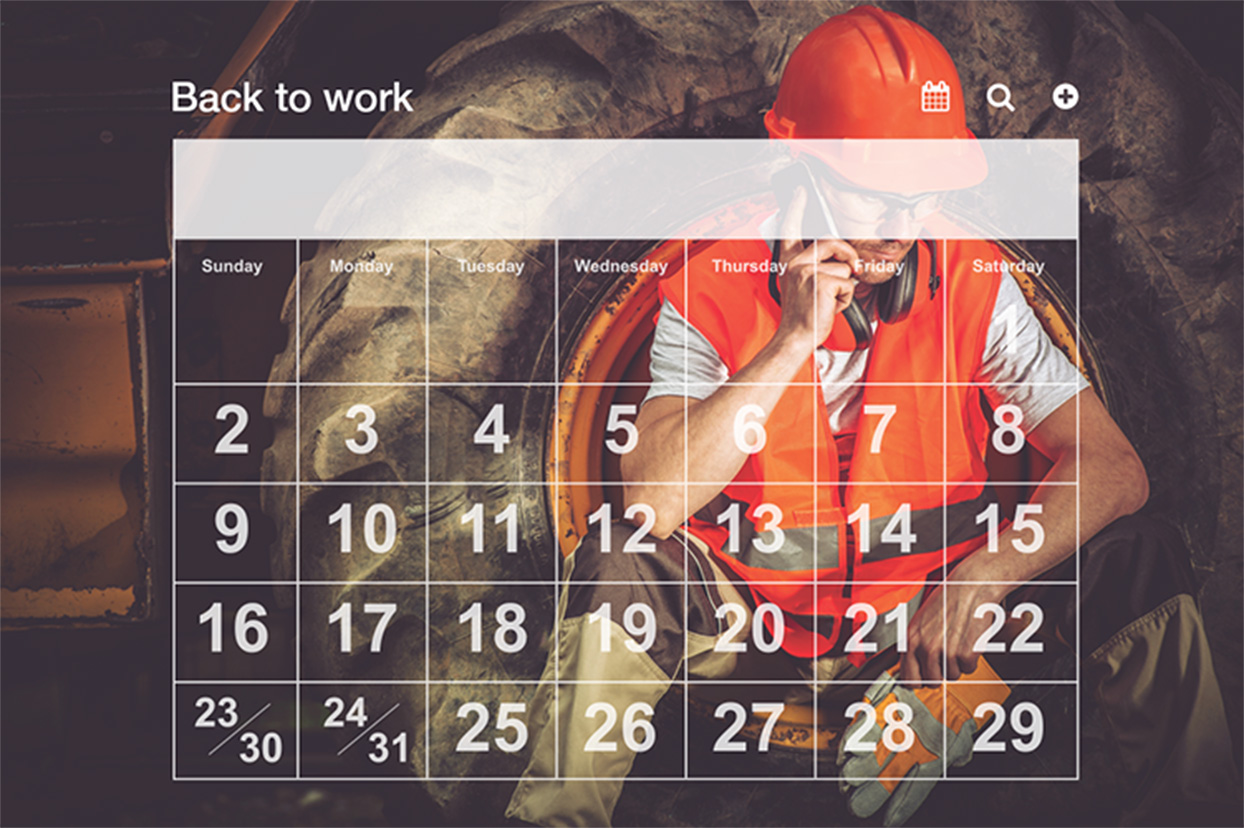February 3, 2021
Workers’ compensation waiting periods
A workers’ compensation “waiting period” is the number of days an employee must be off work before receiving wage-loss benefits.
This waiting period is established by state law, and differs from state to state.
It’s worth knowing your state’s workers' compensation waiting period and the rules surrounding it, because bringing injured employees back to work within this timeframe whenever possible is one of the most important things you can do to control future premiums.
Bringing an employee back to work before the state’s waiting period ends will keep the claim “medical only,” which means claim costs will be reduced by 70 percent when determining your experience modification factor (e-mod).
Waiting periods and rules differ by state
It’s not always easy to figure out when your employee’s waiting period ends due to factors like weekends or partial days.
Different states handle these issues differently.
In all of SFM’s core states of Minnesota, Wisconsin, Iowa, Nebraska and South Dakota, days the employee isn't scheduled to work (such as weekends) generally count toward the waiting period, with one important exception. In Wisconsin, Sundays do not count unless the employee was scheduled to work.
This means in Minnesota and Iowa, if your employee is injured on a Friday, the waiting period would be Friday, Saturday and Sunday, and benefits would be due on Monday. Therefore, you may have only until Monday to bring the employee back to work to avoid a lost-time claim.
Wisconsin is also the only state of the five where the waiting period does not start until the first full day of missed work. In the other four states, the waiting period starts on the first full or partial day of missed work.
Waiting periods in MN, WI, IA, NE, KS and SD
The following are the waiting periods in SFM’s core states:
- Minnesota: 3 days
- Wisconsin: 3 days
- Iowa: 3 days
- Nebraska: 7 days
- Kansas: 7 days
- South Dakota: 7 days
Days before wage-loss benefits are paid retroactively
State law also defines how many days an employee must be off work to be retroactively paid wage-loss benefits for the waiting period days that were not initially paid.
For example, in Iowa, this number is 14 days. This mean an employee who is off work for 20 days due to a work injury would receive wage-loss benefits for the first three days of time off, but an employee who is off work for 10 days would not.
Again, this number differs by state. The following are the number of days an employee must be off work to be retroactively paid wage-loss benefits for the waiting period:
- Minnesota: 10 days
- Wisconsin: 7 days
- Iowa: 14 days
- Nebraska: 6 weeks
- Kansas: 3 consecutive weeks
- South Dakota: 7 consecutive days
Bringing employees back to work
In many cases, a doctor may allow an injured employee to return to work, but not to their regular job. At times like these, it helps to be prepared with a list of light-duty jobs in advance. For ideas, find lists of light-duty jobs by industry in our blog post Free return-to-work resource provides ideas for light-duty jobs.





